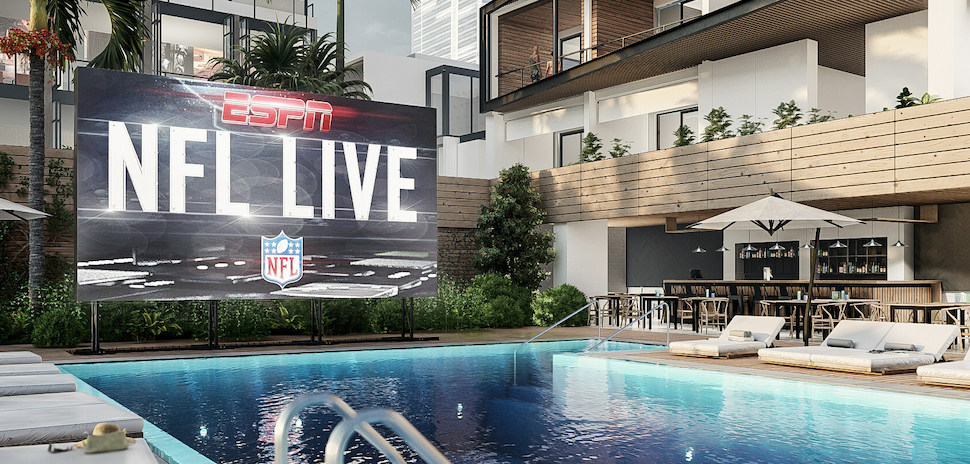Exploring the Diverse Integration Options Available for LED Display Panels
Exploring the Diverse Integration Options Available for LED Display Panels
Blog Article
LED wall panels have secured traction for their ability to deliver crisp visuals in various settings, from professional environments to event venues. One of the primary aspects of these systems is their connectivity options, which allow users to connect them to different devices and systems. Comprehending the broad input options available for LED wall panels is essential for enhancing their use and effectiveness. This discussion details these options, highlighting how they can adapt to specific needs and preferences.
One frequent interface method for Light Emitting Diode wall panels is High-Definition Multimedia Interface. HDMI is broadly recognized for transmitting crisp video and audio signals between components. This connection type is particularly beneficial in commercial settings, such as meeting spaces or classrooms, where presentations or video content are often displayed. By using HDMI cables, users can seamlessly connect laptops, projectors, and streaming equipment to LED wall panels, guaranteeing a sharp and vibrant display of media.
Another popular connectivity option is DisplayPort, which is comparable to High-Definition Multimedia Interface but offers additional benefits. Display Port can support higher refresh rates and resolutions, making it an ideal choice for interactive media or graphic-intensive applications. For those deploying Light Emitting Diode wall panels in environments where performance is essential, such as competitive gaming venues or design studios, Display Port can provide the required visual quality. Additionally, many contemporary computers and graphics cards include DisplayPort connections, making it a practical option for tech-savvy professionals.
In contrast to HDMI and DisplayPort, cordless transmission options are becoming increasingly common in Light Emitting Diode wall panel technology. Wireless interfaces allow operators to transmit content without the need for physical cables, promoting a streamlined and more adaptable setup. Technologies such as wireless internet and short-range communication enable users to connect smartphones, tablets, and laptops directly to Luminescent Diode wall panels without cumbersome wires. This versatility is particularly beneficial in dynamic environments like exhibitions or live functions, where rapid changes to displays are often needed.
For larger deployments or more complex configurations, network connectivity through Ethernet is another viable solution. Wired links provide a stable and reliable way to connect multiple Light Emitting Diode wall panels within a system. This approach is ideal for visit here digital signage applications found in retail centers or airports, where numerous panels may need to display coordinated content across a broad area. By using network cabling and network switches, users can ensure that all connected panels receive uniform data and content efficiently.
Lastly, it's important to consider the future of connectivity with advancements such as Universal Serial Bus-C and Thunderbolt Three. These next-generation interfaces offer enhanced data transfer rates and flexibility by allowing one cable to handle both power delivery and data transmission. As more devices adopt these standards, Light Emitting Diode wall panels equipped with USB-C ports will likely become more common. This evolution in connectivity not only enhances the functionality of Luminescent Diode wall panels but also coincides with the Look At This emerging trend of minimalistic design in hardware arrangements by minimizing the number of wires needed.
In summary, examining the broad interface methods accessible for Light Emitting Diode wall panels uncovers many opportunities for operators across various industries. From conventional approaches like HDMI and Display Port to contemporary cordless solutions and network connections, each option serves unique purposes tailored to specific needs. Additionally, emerging technologies like USB-C promise further advancements in how users interact with LED wall panels. By understanding these connectivity choices, individuals can make informed decisions that enhance their overall engagement with these multifunctional visual solutions.